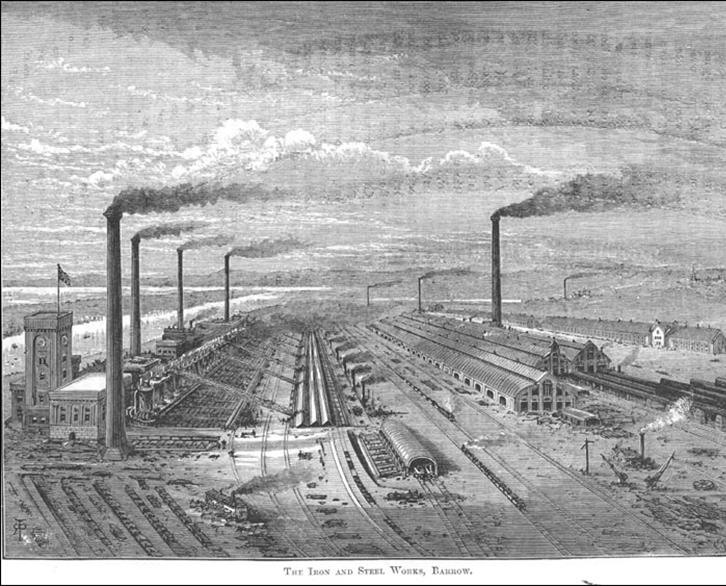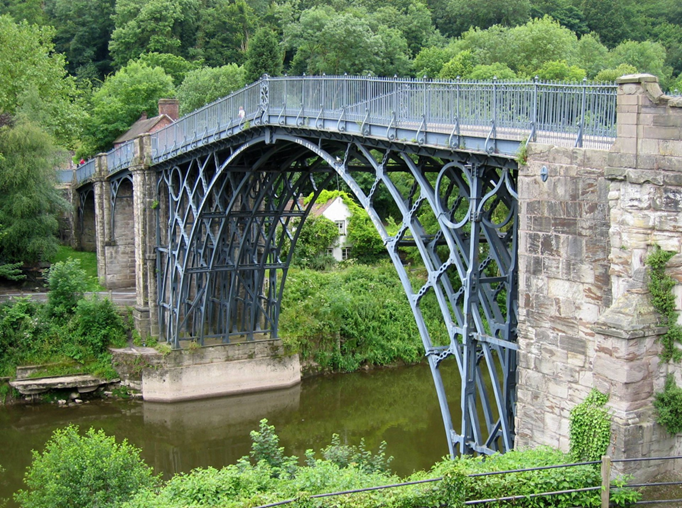The impact of the industrial revolution on the architecture
Background

Since the Enlightenment, influenced by the changes in ideas on science and technology and the rise of capitalism, the Industrial Revolution has become the greatest technological boom in human history. And it will have a huge impact on future generations in economics, politics, science and technology. However, these influences also affect architecture. The introduction of new construction methods and new materials has greatly affected human architecture. But we want to focus on the story of a time before the world wars brought about modernism, when new technologies emerged and before the great aesthetic turn in human architecture.
Case study I
The Iron Bridge (1777-1779)

The world’s earliest building structure with metal as its main support. Due to the technology of the time, the bridge was made of a very large number of (in today’s terms) small cast iron structures assembled together. Because there was no ability to cast metal for large building structures at the time. But this was also the first time humans used metal materials for construction on such a large scale.
Case study II
Bessemer process (technology patent, 1850s)

This technology did not directly change mankind’s large-scale smelting of metals, but from this time on mankind’s metal forging technology began to develop rapidly. From this, humans began to mass-produce large metal components such as rails, which became an indispensable milestone in the industrial revolution.
Case study III
The Time Square building NO.1 (1903-1904)


This is a good example. Before humans used steel to build houses, people used stone to carry weight. However the stone itself is very heavy. As the height rises, the bottom wall of the building becomes very thick. The bottom space of the building will become unavailable. The metal structures make this possible.
Case study IV
Eifel Tower (1887-1889)

The introduction of new technologies allowed construction to be completed with less weight and in less time.
Noncase study V


The French Redoutable (1876), the first battleship to use steel as the main building material (left)
Napoléon (1850), the first steam battleship (right)
It is conceivable that so many epoch-making changes have also affected mankind’s most violent machines. The most cutting-edge technologies of the Industrial Revolution have of course been used by humans in human wars. The methods of killing humans have never been so diverse and efficient, and the cruelty and violence of war have reached an unprecedented level.
Reference List
Brown, Mark M. “Production Space: John Fritz, Alexander Lyman Holley, and the American Bessemer Building.” Journal of the Society of Architectural Historians, vol. 68, no. 2, 2009, pp. 178–99. JSTOR, https://doi.org/10.1525/jsah.2009.68.2.178. Accessed 3 Jan. 2024.
Mokyr J. The European enlightenment, the industrial revolution, and modern economic growth[J]. Law, Economics and Evolutionary Theory, Edward Elgar Publishing, 2011: 33-53.
Zapotoczny W S. The impact of the Industrial Revolution on warfare[J]. Philadelphia: University of Pennsylvania, 2006.


